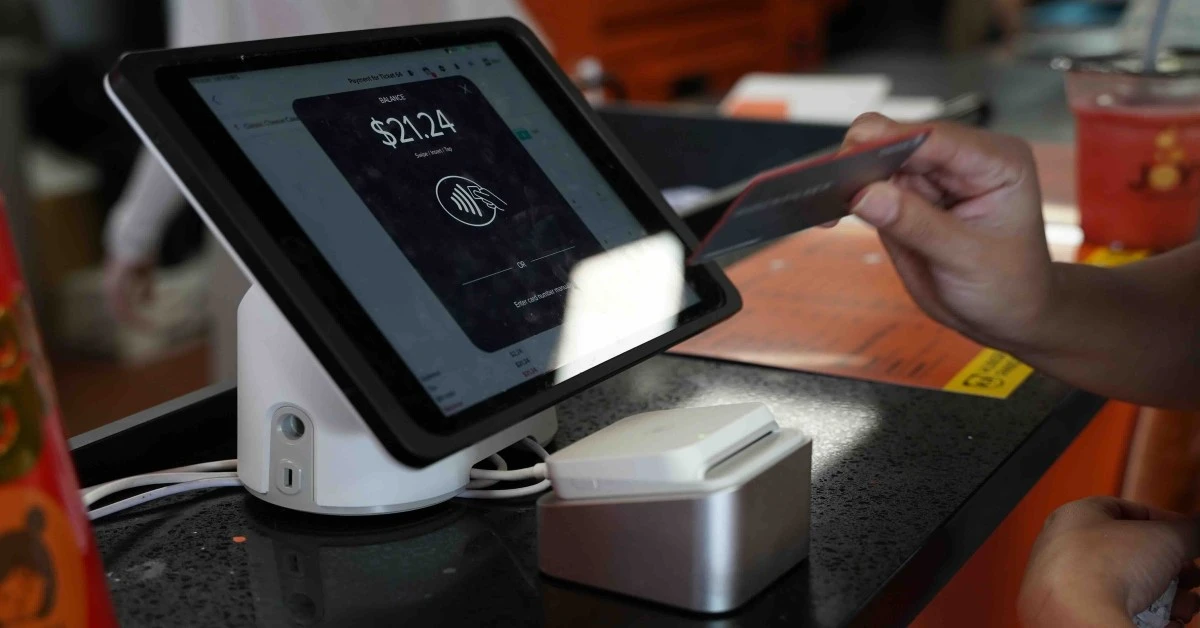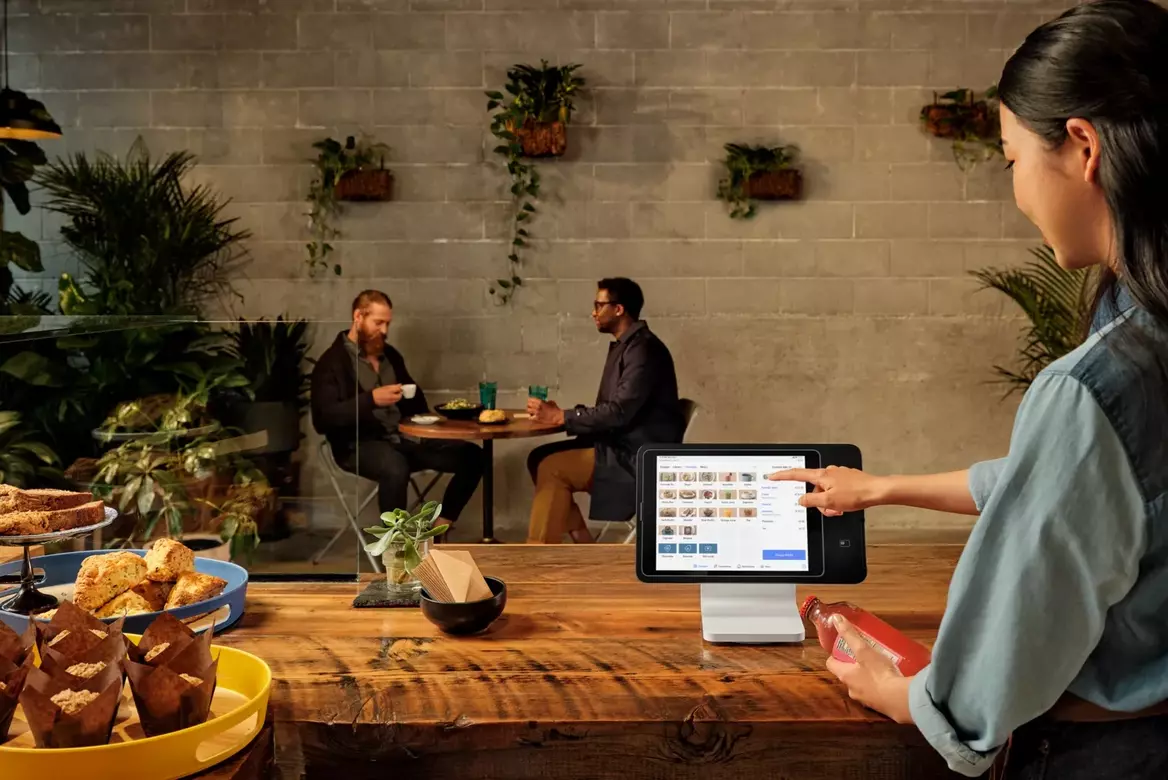Bridging the Gap Between Online and Offline Sales: Why Omnichannel Matters in 2025

In today’s retail environment, consumers move seamlessly between browsing online and shopping in-store. They might discover your product on Instagram, research it on your website, and then visit your physical location to buy it—or vice versa. For businesses, this means that bridging the gap between online and offline sales is not just an option—it’s a necessity.
Creating a unified, omnichannel experience helps you serve your customers better, increase sales, and stay competitive. In this blog, we’ll explore why it matters and how to effectively connect your physical and digital storefronts.
Why Connecting Online and Offline Sales Is Crucial
The modern customer journey is no longer linear. According to retail data, over 70% of shoppers use multiple channels before making a purchase. Customers expect a consistent experience across all touchpoints, and they want the flexibility to shop where, when, and how they choose.
Here’s why bridging the gap between online and offline is key:
- Customer Expectations: Shoppers expect real-time product availability, in-store returns for online purchases, and personalized experiences across all platforms.
- Inventory Accuracy: Unifying systems reduces the chances of overselling, stockouts, or inventory errors.
- Better Insights: Combining online and in-store data gives you a 360-degree view of customer behavior and helps you make smarter business decisions.
- Increased Loyalty: Customers who shop both in-store and online with the same brand are more likely to become repeat buyers.
Challenges Businesses Face
While the benefits are clear, many businesses still struggle to merge their physical and digital operations. Common challenges include:
- Disconnected POS and e-commerce systems
- Inconsistent pricing or product availability
- Poor data synchronization
- Lack of real-time inventory visibility
- Difficulty managing returns across channels
These roadblocks can lead to lost sales and frustrated customers—but with the right tools, they’re solvable.
Strategies for Bridging the Gap
1. Adopt an Omnichannel POS System
A modern Point of Sale (POS) system that integrates with your e-commerce platform is key. It should sync inventory, sales, and customer data across all channels. This allows you to offer services like “Buy Online, Pick Up In-Store” (BOPIS) or in-store returns for online purchases.
Popular omnichannel POS systems include Shopify POS, Lightspeed, Square, and Clover, all of which offer e-commerce integration and real-time syncing.
2. Centralize Your Inventory Management
Using a unified inventory system means customers can see what’s in stock—online and in-store—in real time. It also helps your team avoid double-selling and manage restocking more efficiently.
3. Offer Flexible Fulfillment Options
Customers love convenience. Enable options like:
- Ship-from-store
- In-store pickup
- Local delivery
- Easy in-store returns for online orders
These options not only improve the customer experience but also help move inventory faster and cut shipping costs.
4. Create a Unified Customer Profile
Linking online and offline transactions to a single customer profile lets you deliver personalized offers, track purchase history, and understand shopping habits. This builds stronger relationships and boosts loyalty.
5. Consistent Marketing Across Channels
Your email, SMS, social media, and in-store promotions should all feel connected. Use integrated marketing tools to create campaigns that run smoothly across all touchpoints.
Real-World Example
Imagine a boutique clothing store that sells both online and in-person. With an integrated POS and website, they can:
- Automatically update stock levels when a product is sold
- Let online shoppers pick up items in-store
- Reward loyalty points whether purchases happen online or offline
- Offer targeted promotions based on full customer purchase history
This kind of seamless experience keeps shoppers engaged and returning.
Final Thoughts
In 2025, the line between online and offline shopping is almost invisible to the customer. That’s why businesses need to create a connected, consistent, and convenient shopping journey.
By investing in the right technology and processes, you’ll not only meet modern customer expectations—you’ll exceed them. Bridging the gap between online and offline sales isn’t just about convenience; it’s about future-proofing your business and unlocking new opportunities for growth.






